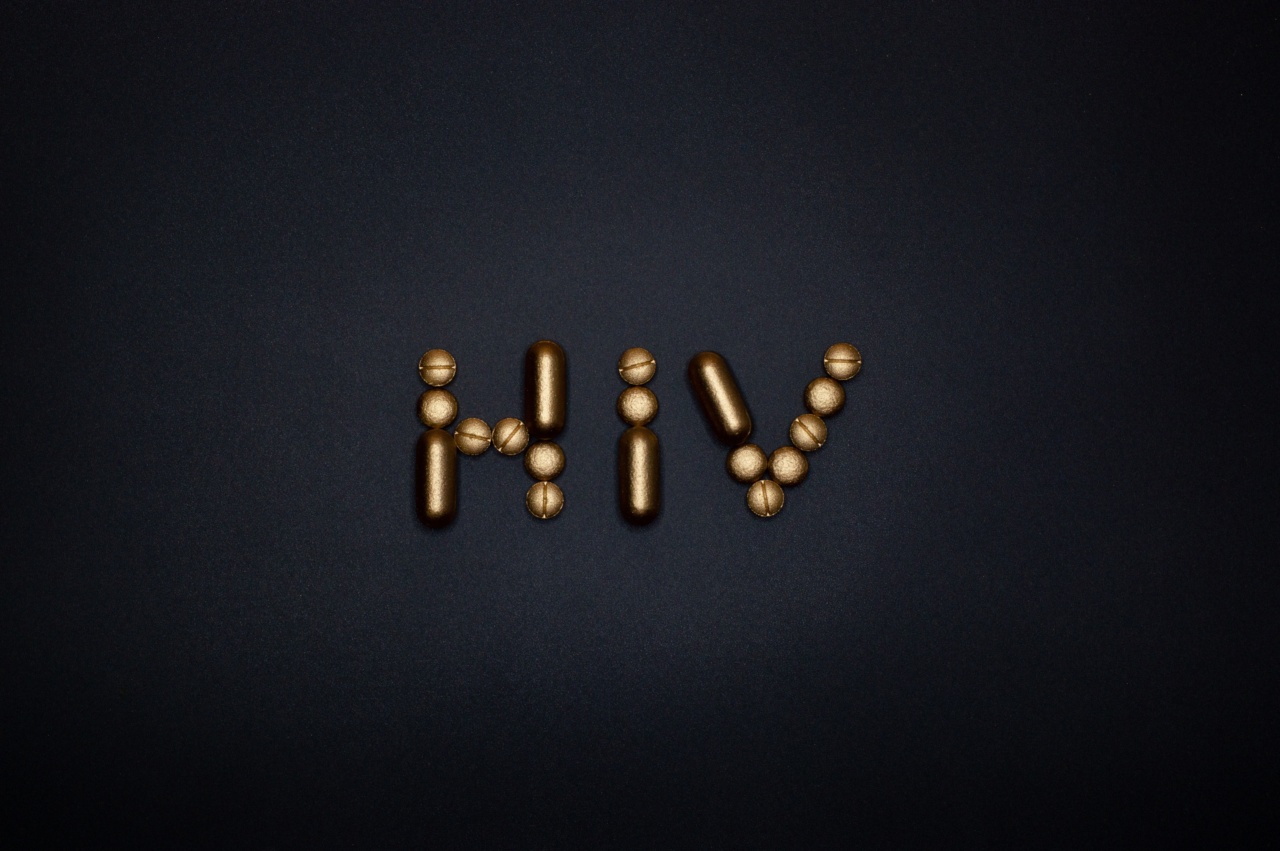HIV (human immunodeficiency virus) has been a global health crisis for decades. Although significant progress has been made in managing and treating the virus, finding a cure remains a top priority in scientific research.
In recent years, an unexpected source has emerged as a potential treatment for HIV – cancer drugs. Scientists have discovered that certain cancer drugs hold promise in combating HIV, providing new hope in the fight against this devastating disease.
Understanding HIV
HIV is a virus that attacks the immune system, specifically CD4 cells (also called T cells), which play a crucial role in the body’s defense against infections.
As HIV depletes these cells, the immune system becomes less effective, making the individual more susceptible to opportunistic infections and diseases. If left untreated, HIV can progress to AIDS (acquired immunodeficiency syndrome), the final stage of the virus, where the immune system is severely damaged.
Current HIV Treatments
Antiretroviral therapy (ART) is the standard treatment for HIV. ART involves a combination of HIV medications that suppress the virus, allowing the immune system to rebuild and function effectively.
While ART has been remarkably successful in improving the quality and length of life for people living with HIV, it is not a cure. The virus remains dormant in certain cells, and adherence to lifelong treatment is necessary to control its progression.
The Role of Cancer Drugs
Across the globe, scientists are continuously exploring new avenues to improve HIV treatment.
Recently, researchers noticed that certain cancer drugs, primarily those targeting immune checkpoints or immune system components, demonstrated an unexpected effect on HIV. These cancer drugs, often known as immune checkpoint inhibitors, work by releasing the brakes on the immune system, allowing it to recognize and attack cancer cells more effectively.
Enhanced Immune Response
When applied to HIV-infected cells in laboratory experiments, immune checkpoint inhibitors were found to enhance the immune response against the virus.
This breakthrough discovery has opened up new possibilities in the field of HIV research, as oncologists and HIV specialists collaborate to explore the potential of cancer drugs in HIV treatment.
Benefits of Repurposing Cancer Drugs
The idea of repurposing existing drugs for new therapeutic applications, also known as drug repositioning, has gained traction in recent years. There are several advantages to using cancer drugs for HIV treatment:.
- Existing safety and efficacy data: Cancer drugs have already undergone extensive testing for safety and efficacy in treating cancer, providing a starting point for HIV research.
- Accelerated development process: Repurposing drugs allows researchers to skip the initial stages of drug development, reducing the time and costs associated with bringing a new drug to market.
- Potential cost savings: Cancer drugs that are already FDA-approved and on the market can potentially be more affordable for HIV treatment compared to developing an entirely new medication.
Promising Results from Initial Studies
Initial studies exploring the use of cancer drugs as HIV treatment have shown promising results.
One such study, led by researchers at the University of California, San Francisco, investigated the use of an immune checkpoint inhibitor called nivolumab in HIV-positive individuals.
Results from the study demonstrated that nivolumab not only effectively managed the virus but also led to a significant increase in CD4 cell count – a crucial indicator of immune system health.
These findings have sparked excitement in the scientific community, offering a glimpse into a potential breakthrough in the search for an HIV cure.
Combination Therapies
While the initial results are encouraging, researchers believe that the most effective approach to HIV treatment lies in combination therapy – a combination of cancer drugs and existing antiretroviral medications.
This approach aims to target different aspects of the virus at various stages of its lifecycle, increasing the chances of eradicating it completely.
Combination therapies have proven successful in other diseases, such as cancer, where drugs with varying mechanisms of action are used together to improve treatment outcomes.
Applying this strategy to HIV treatment could potentially revolutionize how we approach the virus and bring us closer to a cure.
Challenges and Future Directions
While the potential of repurposing cancer drugs for HIV treatment is promising, several challenges still need to be addressed. One significant challenge lies in the differences between cancer and HIV.
HIV is a chronic viral infection, whereas cancer is the abnormal growth of cells within the body.
Furthermore, the long-term effects and potential toxicity of cancer drugs in HIV-positive individuals are not yet fully understood. HIV also has the ability to mutate rapidly, which may impact the effectiveness of cancer drugs over time.
These challenges must be thoroughly studied and addressed to ensure the safety and efficacy of using cancer drugs as part of HIV treatment.
In the future, researchers hope to conduct larger clinical trials to gather more data on the effectiveness of cancer drugs in HIV treatment. These studies will provide insight into long-term effects, dosing regimens, and potential drug interactions.
Through collaboration and continued research, the scientific community aims to refine combination therapies and ultimately pave the way for a cure for HIV.
Conclusion
As the fight against HIV continues, the exploration of alternative treatment options offers hope for millions of individuals living with the virus.
The repurposing of cancer drugs has emerged as a promising avenue, with initial studies indicating a potential breakthrough in HIV treatment. While challenges remain, scientists are optimistic about the opportunities presented by repurposing existing drugs and combination therapies.
Through further research and clinical trials, we may witness the transformation of cancer drugs into powerful weapons against HIV, bringing us one step closer to finding a cure.





























